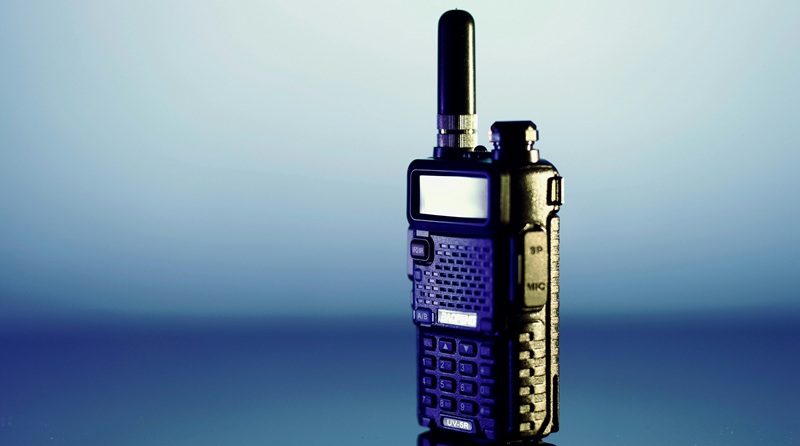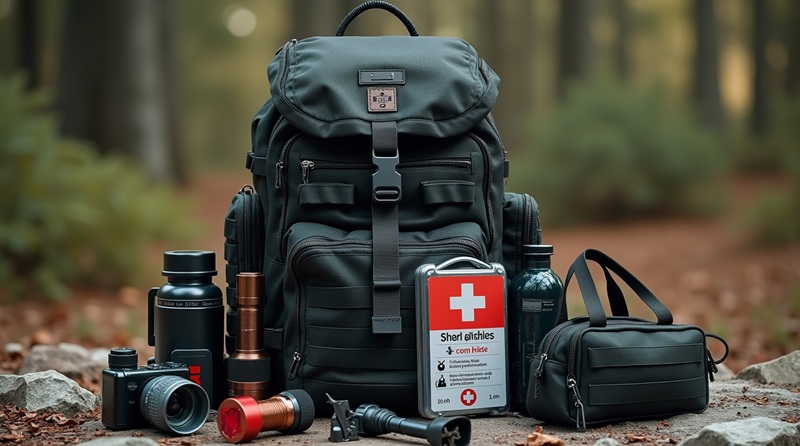In the event of a natural disaster, network outage, or health emergency, staying connected can mean the difference between safety and isolation. Reliable emergency communication enables quick decision-making, protects your family, and helps coordinate a community. Emergency radios, long-range walkie-talkies, and satellite solutions are now the pillars of any dependable communication plan.
Why Prepare an Emergency Communication Plan?
An emergency communication plan ensures continuity and safety, even during major outages. Planning alternative communication methods is essential in the following cases:
- Phone, internet, or mobile network outage.
- Coordination between family or group members.
- Rapid transmission of weather alerts and official instructions.
- Survival preparedness, expeditions in remote areas, or outdoor trips.
Having reliable equipment provides peace of mind, autonomy, and responsiveness.
Main Emergency Communication Devices
1. Portable Emergency Radios
- Receive AM/FM bands and NOAA weather stations.
- Powered by batteries, hand crank, or solar charging.
- Ideal to stay informed during power outages.
- Popular models: Midland ER310, Eton FRX3+.
2. Long-Range Walkie-Talkies
- Direct communication over several kilometers.
- Useful for coordination in camps, hikes, or neighborhoods.
- Rechargeable battery or standard AA/AAA batteries.
- Example: Baofeng UV-5R, known for its range and programmable frequencies.
3. Satellite Solutions
- Functional worldwide without relying on GSM networks.
- Enable SMS, emails, and GPS location sharing.
- Essential for adventurers and high-risk areas.
- Examples: Garmin InReach Mini, Iridium GO!.
Best Models in 2025
| Type | Model | Key Features |
|---|---|---|
| Radio | Midland ER310 | Solar/hand crank, NOAA alerts, compact |
| Walkie-Talkie | Baofeng UV-5R | Long range, multi-frequency, programmable |
| Satellite | Garmin InReach Mini | Global communication, built-in GPS |
Practical Tips for Reliable Communication
- Test each device regularly.
- Have backup batteries and solar panels available.
- Diversify tools (radio + walkie + satellite) for maximum resilience.
- Train every family member on how to use the devices.
- Plan for dead zones and establish a meeting strategy.
FAQ – Emergency Communication
The range advertised (5–10 km or more) depends on conditions. In cities, buildings reduce it to 1–2 km. In open areas like mountains or sea, it can reach the maximum stated.
In Europe, most PMR446 walkie-talkies work license-free and are legal for family use. However, the Baofeng UV-5R requires an amateur radio license for certain frequencies.
A hand-crank radio charges instantly by turning a lever, ensuring immediate energy. A solar radio relies on sunlight, charging more slowly, but is very useful for extended outdoor use.
Yes, redundancy is essential. An emergency radio provides official information, a walkie-talkie ensures direct contact, and a satellite device guarantees remote connection if networks fail.
Absolutely. Even outside of disasters, these devices are very useful for hiking, expeditions, sailing, or camping, offering safety and autonomy in areas without mobile coverage.
Conclusion
Emergency communication is not a luxury, but a vital necessity to protect your loved ones and make the right decisions. Emergency radios, long-range walkies, and satellite solutions ensure you stay informed and connected anywhere.




